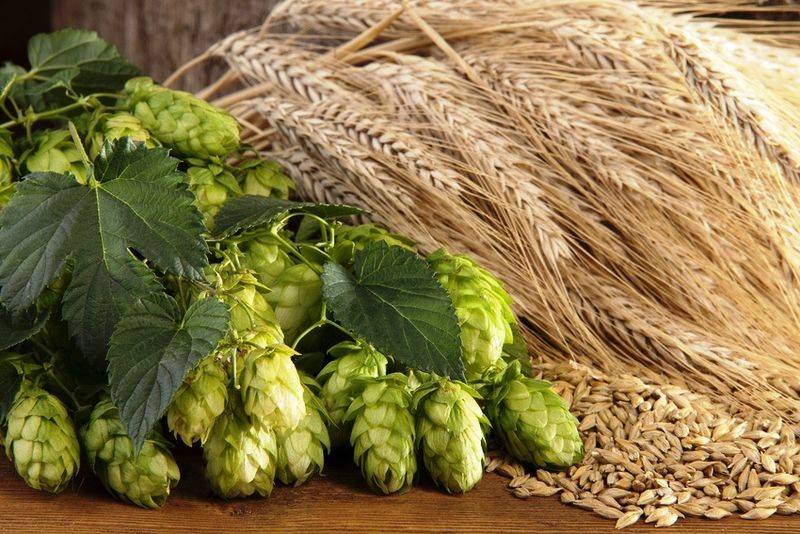Saudi Arabia stepped in when China would not buy Australian barley, but will that trade survive?

The Australian barley trade is expected to shift back to China from the surging Saudi Arabian market after the resolution of a dispute over tariffs that wiped out nearly $1bn a year in exports.
China slapped 80.5% tariffs on the grain in 2020 after a dispute with the Morrison government, forcing Australian growers to find new markets.
At its peak, the Chinese market imported almost 70% of Australia’s barley. However, since 2020, much of that grain was redirected to Saudi Arabia in a move welcomed by farm advocates and the Albanese government keen to diversify away from reliance on China.
But as the relationship between China and Australia continues to thaw, the GrainGrowers chairman, Brett Hoskings, told Guardian Australia it would be difficult to resist falling back into old habits, given the higher prices paid by China for Australian barley.
“The reality is when you have one market that is closer geographically and they’re actually paying a premium and valuing the product that you produce, it’s very tempting to sell that market as much of the grain as you can possibly get,” he said.
Hoskings said that meant Saudi barley markets would “take a bit of a hit” as barley trade returned to Chinese ports.
“Some of those ships will be turned back to China, but I think [Saudi Arabia] will remain an important market for sure,” he said.
According to data from the Australian Bureau of Agricultural and Resource Economics and Sciences, the value of barley exports to Saudi Arabia grew from nearly zero in 2019 to 43.5% of the export market in 2021, while barley destined for Chinadwindled from 51% of exports to just 0.1%.
Vietnam, the Philippines, Kuwait and the UAE also substantially increased Australian barley imports.
The Chinese government introduced the tariff after accusations of “grain dumping” amid a diplomatic row. It instead turned to Ukraine and France for grain.
“It was a big shock to the system when we lost China – we had placed nearly two-thirds of our grain there, but that doesn’t mean we won’t repeat that again,” Hoskings said.
Hoskings said even if the bulk of barley exports were redirected back to China, the trade relationships built in the Middle East would continue to grow.
“We tend to deal with people who are simple to deal with, and I think for that reason you will continue to see the Gulf market play a part,” he said.
Saudi Arabia is the largest barley importer in the world, with the kingdom traditionally relying on Russian and Ukrainian imports.
In a 2022 Austrade webinar, the deputy governor of the Saudi Grains Organisation, Dr Mohammad Al Amri, said Australian barley was projected to become the largest source of barley for the country.
Al Amri said the privatisation of the local grain industry and new restrictions on the use of water in agriculture had opened up demand for more grain imports into the kingdom.
National Farmers Federation chief executive, Tony Mahar, welcomed the lifting of Chinese barley tariffs but said they continued to support the diversification of the industry.
In a statement, he praised the Albanese government’s handling of the situation and commended the resilience of Australia’s trade relationships around the world.
In April the foreign minister, Penny Wong, predicted Australia would not return to where it was 15 years ago in terms of its economic reliance on China.
“Making sure we do diversify our export markets is an important part of our national resilience,” Wong told Sky News.
“And the government will continue to encourage that because we want to make sure we have diversified export markets.”
Read also
Wheat in Southern Brazil Impacted by Dry Weather and Frosts
Oilseed Industry. Leaders and Strategies in the Times of a Great Change
Black Sea & Danube Region: Oilseed and Vegoil Markets Within Ongoing Transfor...
Serbia. The drought will cause extremely high losses for farmers this year
2023/24 Safrinha Corn in Brazil 91% Harvested
Write to us
Our manager will contact you soon



